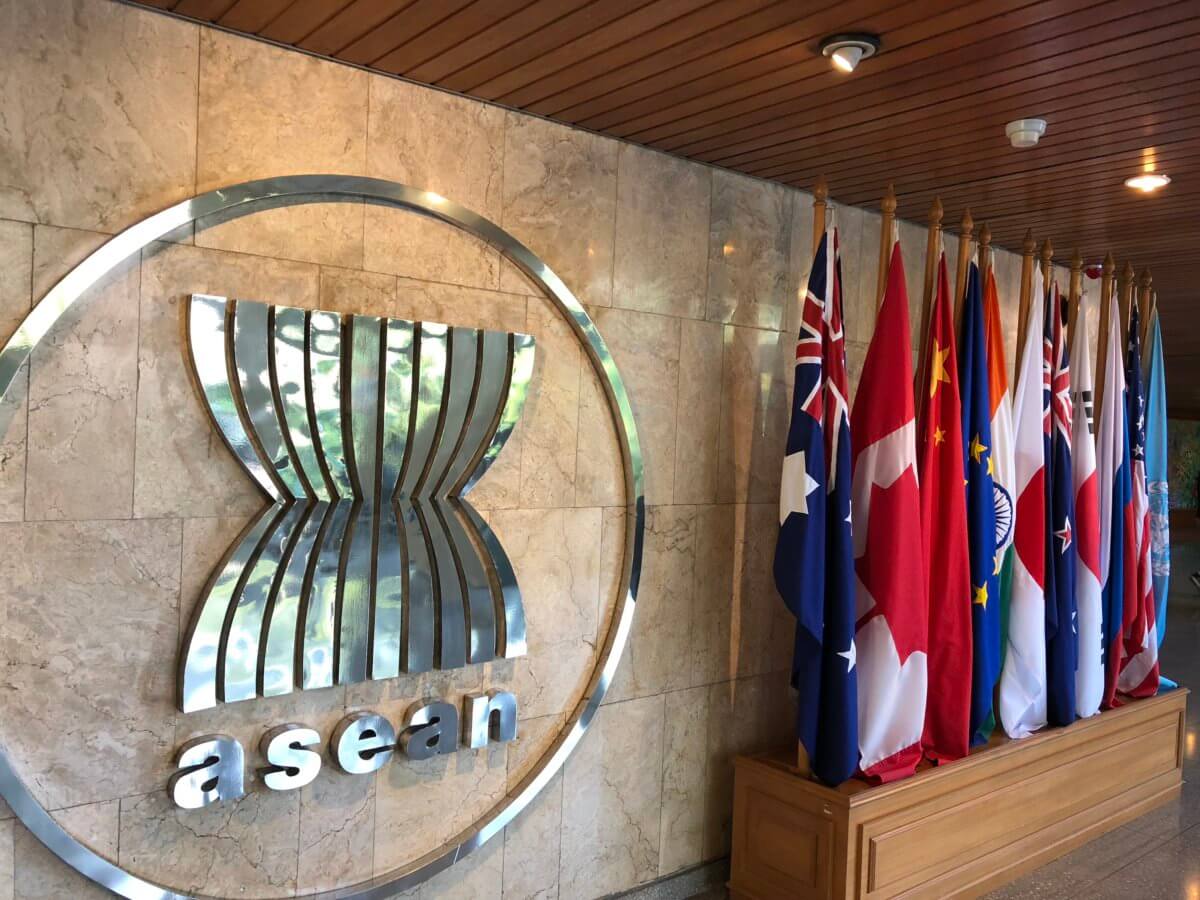Southeast Asia is at a turning point. Increasing investments by China and skirmishes between the Chinese and U.S. navies in the South China Sea have made the site a place of contestation by two major powers. Within the region, steady economic growth has powered the rise of a majority middle class which is expected at 65% of the population in 2030.
The region is also home to the regional organisation, the Association of Southeast Asian Nations (ASEAN), which comprises 10 diverse countries. In this regard, its operating model differs from other regional organisations such as the European Union. Commonly called the “ASEAN way”, it seeks the cooperation of all member countries based on non-intervention. As a result, many of the ASEAN agreements are non-binding, and member countries have the autonomy to decide if they will ratify them in their domestic policies. Such an operating model has brought criticism upon the organisation for its inability to act as a supranational entity that exerts a regional will on individual countries. But against such a backdrop, the organisation facilitated the signing of the Treaty on Southeast Asia Nuclear Weapon-Free Zone which has kept the region nuclear weapon free.
Ties between young people from Southeast Asia and Australia are growing stronger. In March 2018, the Australian government announced an additional 50 ASEAN-Australian Awards Scholarships for the next generation of leaders from ASEAN countries to undertake postgraduate study in Australia, bringing the total number of ASEAN-Australia scholarships to 1,050. Young Australians are also given the opportunity to deepen their literacy of ASEAN, with more than 13,500 Australian undergraduates on the New Colombo Plan studying or interning in ASEAN countries, which is about 43 percent of the total number of New Colombo Plan award recipients.
As a testament to the region’s growing relationship with Australia, a group of 11 undergraduates and postgraduates undertook a field trip to Jakarta, Indonesia during the winter break. They interviewed representatives from the Association of Southeast Asian Nations (ASEAN), and the ASEAN Parliamentarians for Human Rights, and explored developments across various topics. Topics included the protection of the rights of migrant workers, rights to freedom of speech, human rights and also critiqued the limited potential for a defence architecture in the region. The ANU ASEAN Society also hosted a photo exhibition as a reflection of their field trip. The field trip was made possible by the Student Extracurricular Enrichment Fund (SEEF).
We acknowledge the Ngunnawal and Ngambri people, who are the Traditional Custodians of the land on which Woroni, Woroni Radio and Woroni TV are created, edited, published, printed and distributed. We pay our respects to Elders past and present. We acknowledge that the name Woroni was taken from the Wadi Wadi Nation without permission, and we are striving to do better for future reconciliation.
